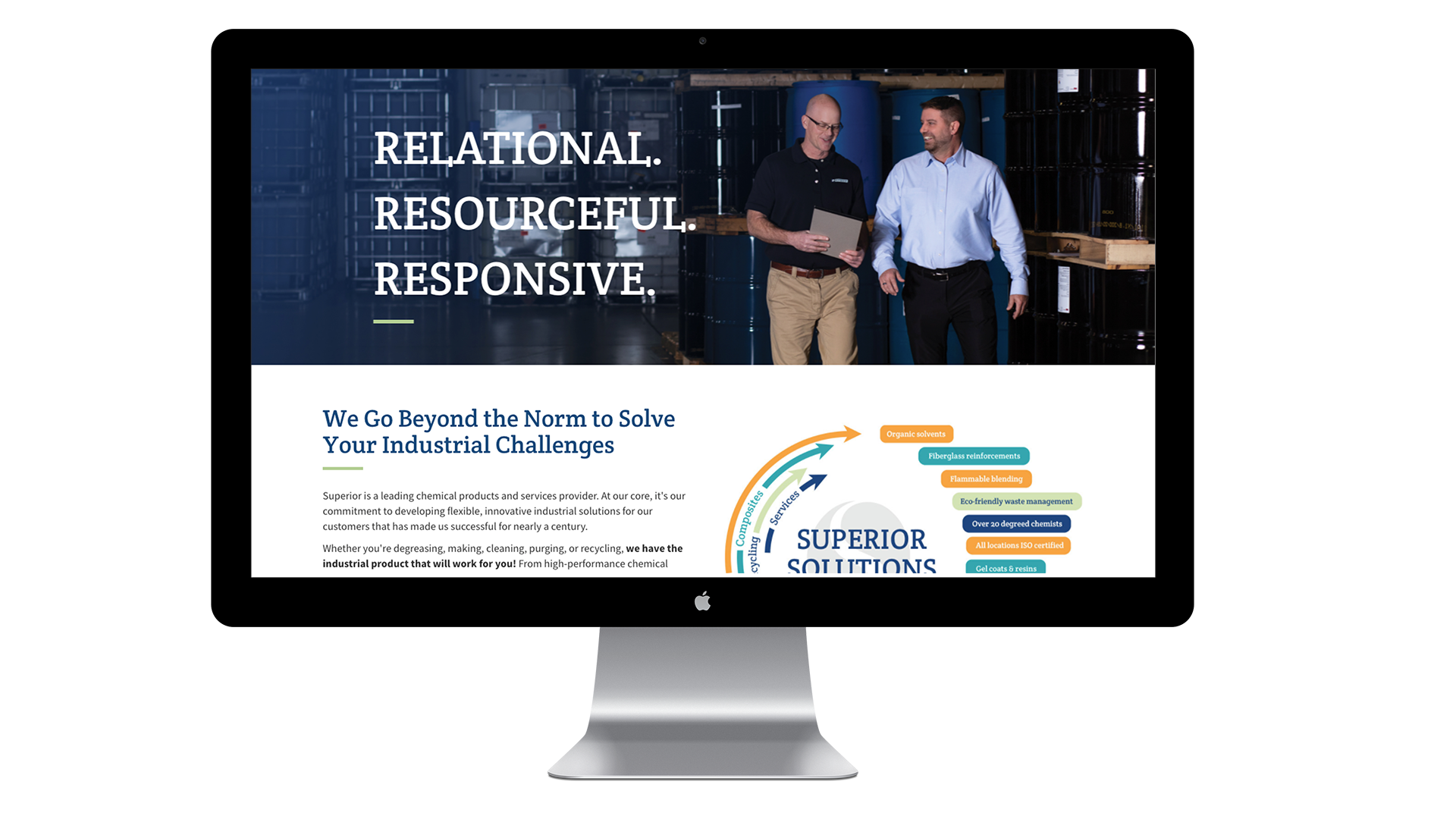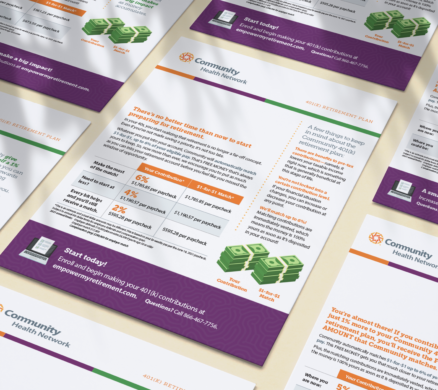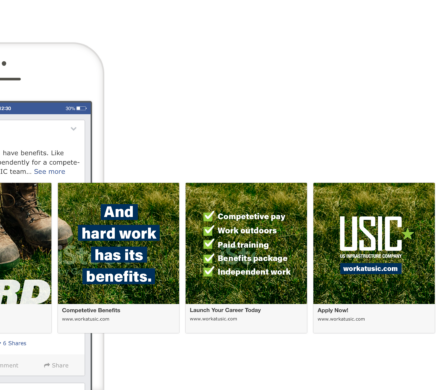
How is it that corporate websites can often appear to be full of valuable information intended to lure prospects and support customers yet fall flat on results? And when the products or services offered are complex, it makes the job of crafting an effective website even more challenging.
“The products and services we offer are so varied, it was hard to fully grasp what we do just by looking at our website,” said Stephanie Burke, Director of Marketing at Superior Oil. “With Westcomm’s strategic direction, the updated content on our website gives a clear understanding of who we are as a company and how we help customers.”
While refreshing your website’s content might seem daunting, a good way to start is easier than you might think. Consider the conversations you’ve had with prospects who were interested in knowing more. Those engagements may hold the key. The following questions will help you organize and optimize your website content.
What is the storyline?
On your website, the order in which you explain what you do and how you do it is just as important as what you say. Pretend you’re talking to an ideal client prospect. After your “elevator speech,” what do you usually say next? What kinds of questions do you usually get asked in response?
When you consider the path your conversations normally take, you can easily reconfigure the flow of information on your website to match.
What are the stories?
Saying “for example” is one of the most powerful ways to hold someone’s attention.You’ve told plenty of stories about how your company has successfully helped customers. Which ones resonate the most? Write them down, and showcase those examples in a blog or portfolio. If it’s a relevant story, your website visitors will become invested.
And remember, prospects visiting your website don’t want to know why you’re the best, they want to know how you’ll make them better by solving their problems or achieving their goals. Empathize with them.
What is your voice?
Your website copy needs one voice—and it must be consistent. It also helps to consider your reader’s voice. Remember, you’re talking to your ideal prospects. What terms and words do they use? Consider tweaking your website copy to connect more powerfully to these individuals.
What is better than a thousand words?
If your messages aren’t concise, consider using illustrations, videos, icons or charts for clarity. This is a great way to feature your products and services in a visually interesting way.
“To help explain our customer service approach, Westcomm created a graphic that not only featured our products and services but also conveyed how we consult with our customers to continually offer new solutions,” Burke said.
What do your eyes say?
When we ask our clients what they’re looking for in an improved website, one word always shows up—clean. They want a website that’s uncluttered. Clean websites are inviting. Is yours?
Visit your website as if it’s your first time. Where do your eyes go first? Next? You might be surprised by the path taken. Consider repositioning content on the page so that readers discover content in a logical order and don’t overlook important messages.
What else?
Although readers don’t want to be overloaded, they appreciate a deep dive into information that’s important to them. Don’t be afraid to add lists, links, pages or other sources of extra information. It may provide the answer your prospect needs to take the next step with you.
Want to see these tips in action? Read more about how we helped Superior Oil reposition its brand, tell its story and update its website to help its customers more easily understand how it can be of service to them.
Want to chat? Reach out at helloindy@westcomm.com or follow us @westcomm on LinkedIn for more insights.





